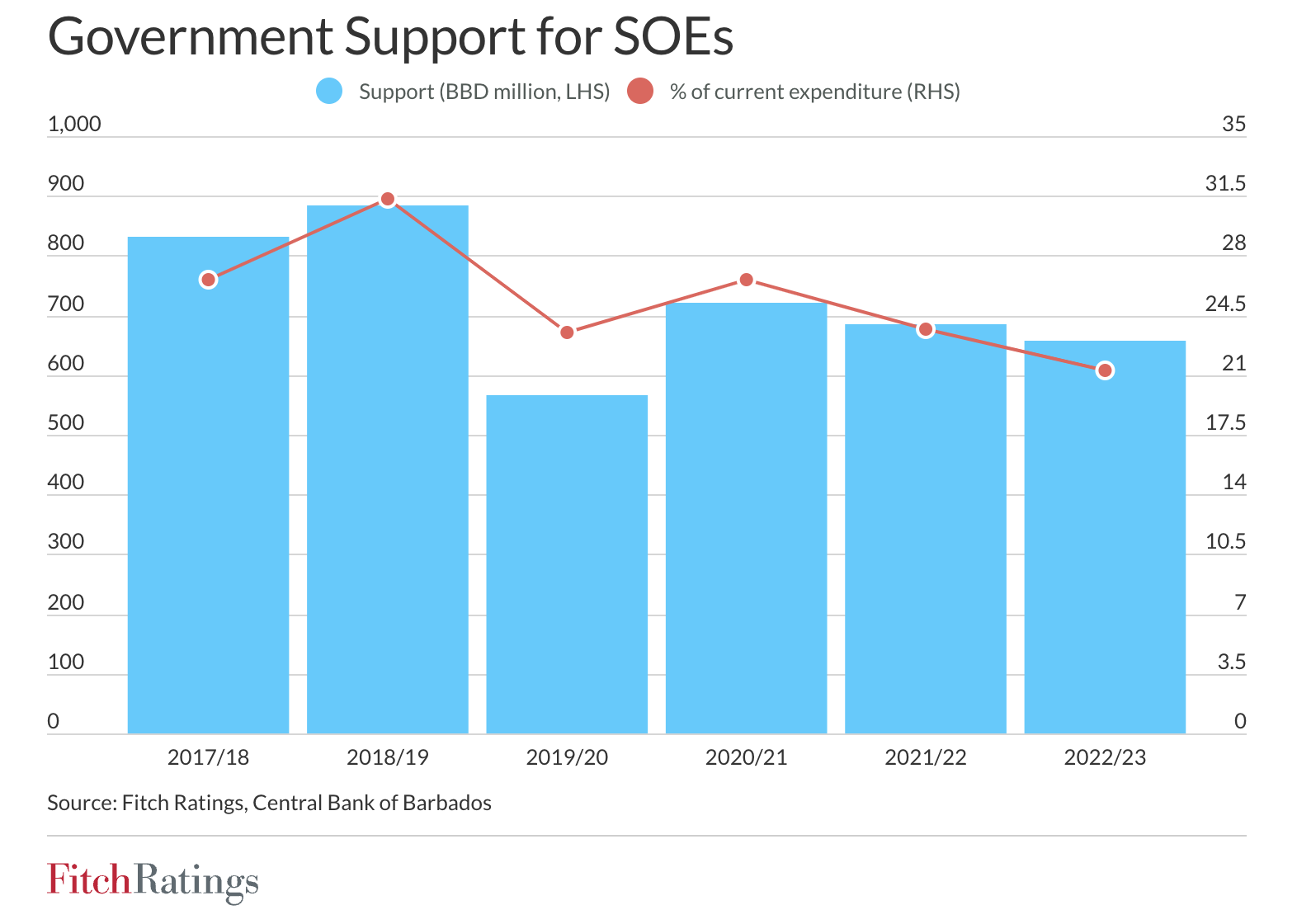 All the attention in recent weeks has been the sour taste LIME has been creating in the mouths of Barbadians. Having said that we were impressed with the sexy 51 page booklet which LIME distributed in the Sunday Sun newspaper today. Must have cost a pretty penny to trot out the thousands of copies to stuff the Sunday Sun newspaper.
All the attention in recent weeks has been the sour taste LIME has been creating in the mouths of Barbadians. Having said that we were impressed with the sexy 51 page booklet which LIME distributed in the Sunday Sun newspaper today. Must have cost a pretty penny to trot out the thousands of copies to stuff the Sunday Sun newspaper.
With all the attention on LIME the Barbados Light & Power Company (BL&P) flies under the radar, ever assured of its well-cultivated corporate image. There was a time when the Marketing Manager Mr. Stephen Worme was inclined to communicate directly to the BU family on matters raised, that stopped when we started to ask the hard questions.
Mr. Worme our communication channel is still open, feel free to challenge or expand if required.
Six months ago with the price of oil approaching USD150.00, BL&P undertook a PR blitz using the traditional media to sell their budding strategy of delivering alternative energy solutions. On reflection, the blitz was used to deflect public criticism by those of us who still believe that BL&P has been too passive over the years concerning its renewable energy program. Mr. Worme, the spokesman for BL&P has been quick to lecture Barbadians about the prohibitive costs associated with augmenting their fossil fuel dependency with wind, solar and the other forms of power generation.
The precipitous drop in the price of oil, some predict that it will fall to between 20-30USD by January 2009, coupled with the weak demand triggered by a global recession has made the development of alternative energy sources unattractive. Commonsense still dictates that Barbados should move quickly to allocate resources to build a renewable energy program. We should not be lulled into a sense that oil prices will remain below USD50.00 indefinitely. If the economies of the world are able to rebound within the next two years, the world will see a rise in oil prices as global demand for oil increases, and we have not factored the Peak Oil Theory in our calculation.
The world will follow with interest the outcome of a meeting between the oil producing countries scheduled for December 17, 2008. Many of these countries have developed budgets based on the price of oil hitting a minimum USD60.00 in a minimax strategy. The current low price of oil interacting with a slow-down in the global economies have created more than concern among OPEC countries. The point which our young Prime Minister David Thompson would have noted is the plan by President Elect Obama to aggressively pursue a clean energy program over the next 10 years. Do we see opportunities?
Why is it that the proposed Wind Farm at Lambert’s Plantation has been on pause since 2007? The BL&P has repeatedly pointed a finger at the Town Planning Department by indicating that they are waiting for planning permission to move forward. Why is it taking so long for the T&P department to approve the environmental impact study (part 1 & part 2) submitted by the BL&P? What are the obstacles blocking its approval?
The future development of Barbados should dictate to our leaders that building an affordable renewable energy program should move to the top of the priority list.




Leave a Reply to DavidCancel reply